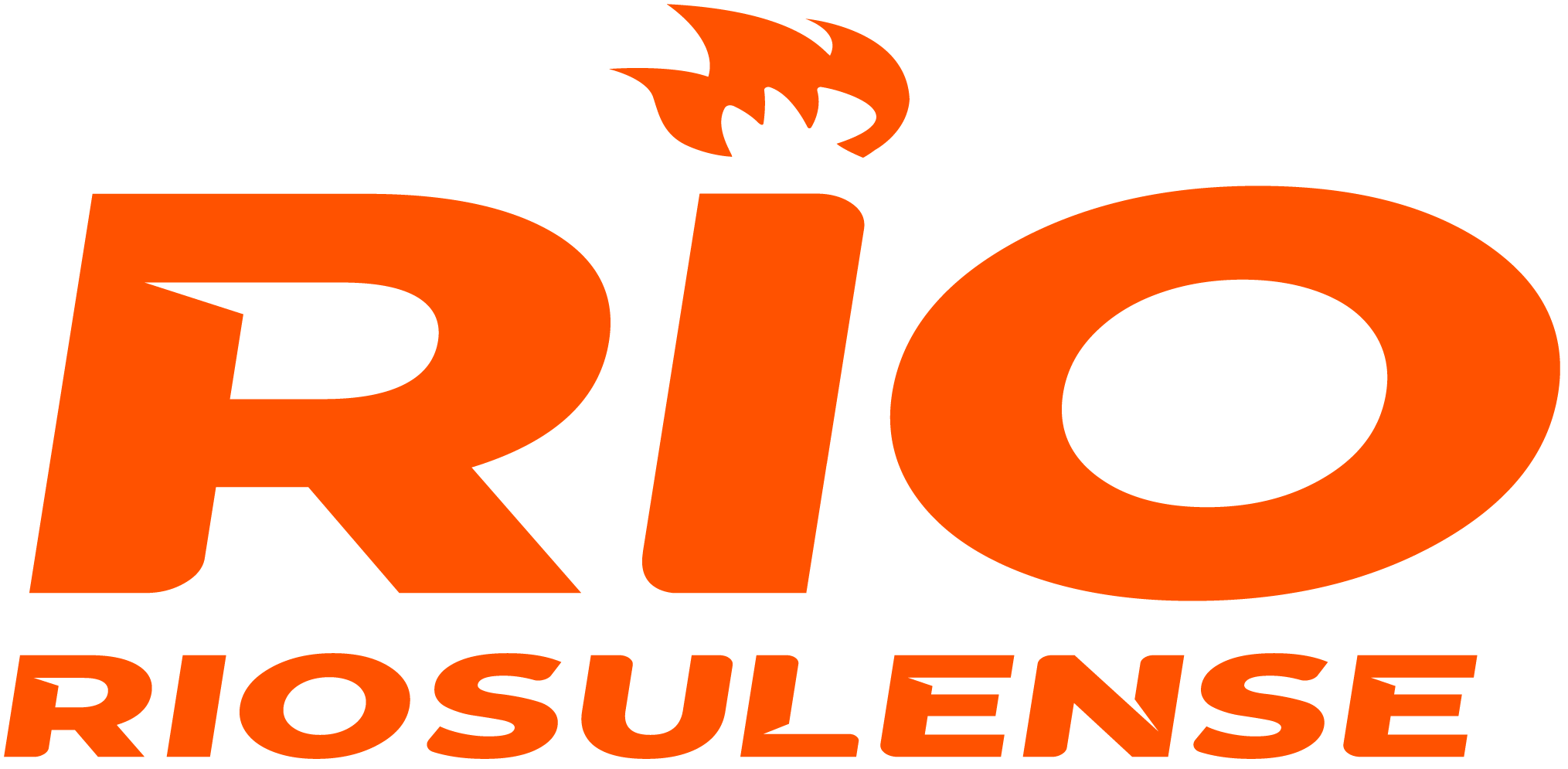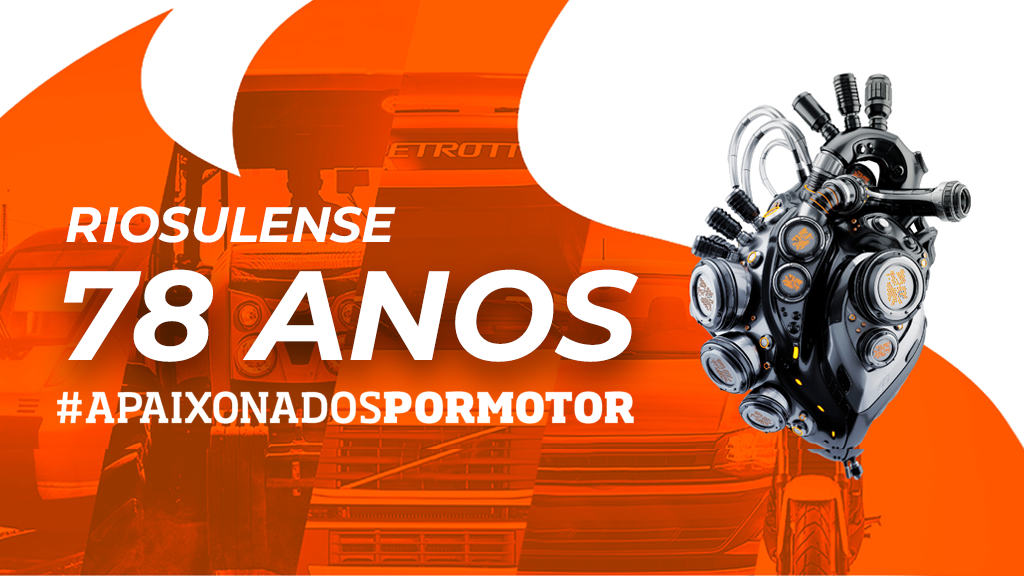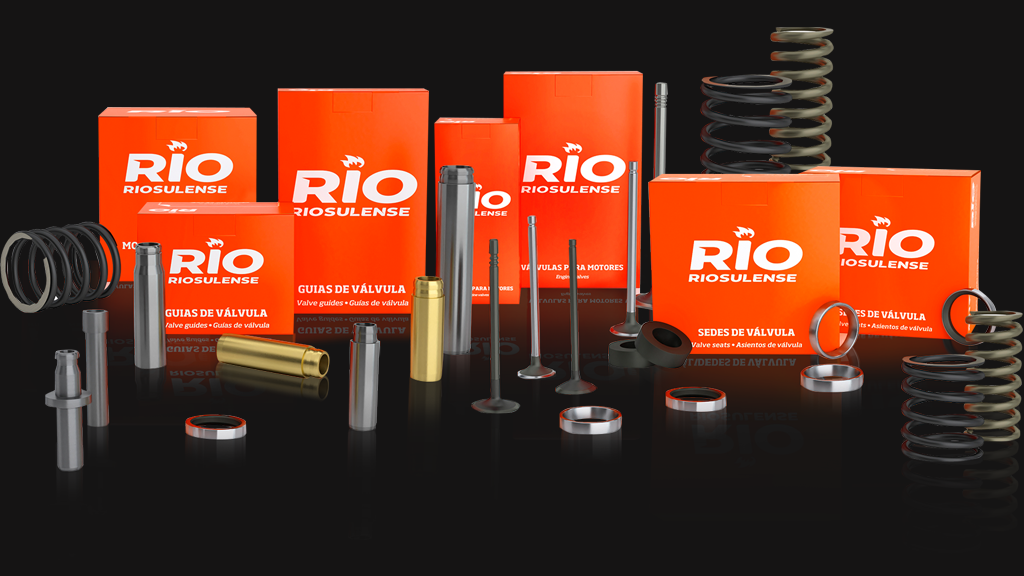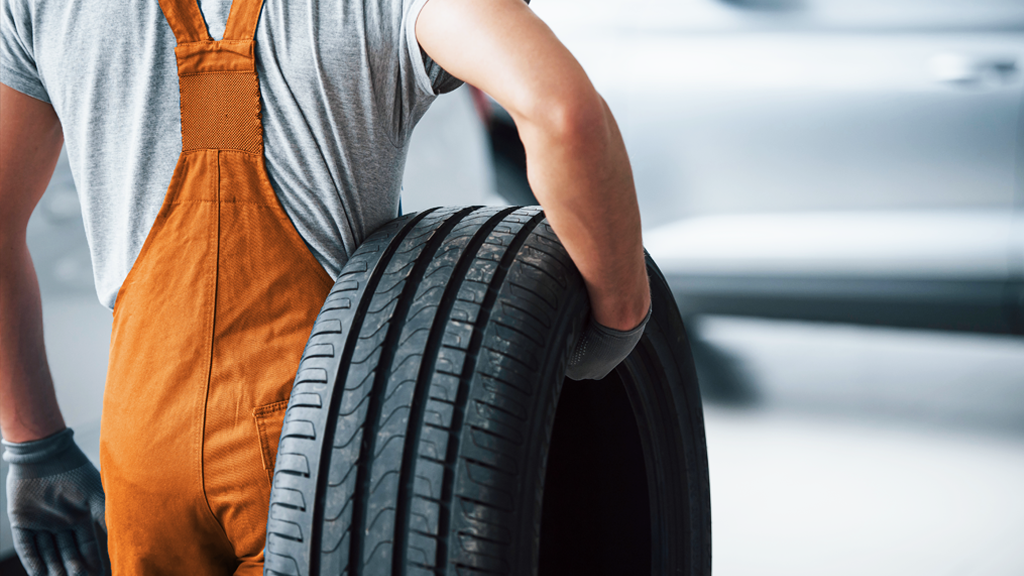Producing a prototype is an indispensable step for the success of a product. This is the starting point so that the part can be field tested, evaluated and adjusted, if necessary, until it is ready in its best version for shipment to the market. And for this process to be done at the lowest cost and with the greatest agility and efficiency, nothing better than a prototype factory.
RIO Prototype Factory: the way to new opportunities
It was thinking about increasing productivity and fostering new opportunities for the OEM market that RIO invested in a Prototype Factory, an initiative that allows to produce not only new products, but also low-demand parts, cast and machined, even more quickly and less costly, through additive manufacturing.
Until then, making prototypes using conventional production processes was a challenge for several reasons. The first is the long time required to manufacture the parts: the average production time for a prototype cast and machined by traditional methods is 60 days, being 30 only for the manufacture of the model.
Another obstacle is the high production cost, as well as the manufacture of low-demand parts and prototypes, since the molding machines are equipped to make larger batches to increase their productivity, which makes it difficult to produce small batches. In addition, the use of subtractive manufacturing generates big loads of waste for disposal, increasing costs.
With over 70 years of experience in the metallurgical sector and always keeping an eye on the future, RIO knows these challenges like nobody else and has invested in innovation to solve them. The Prototype Factory, which uses concepts from additive manufacturing, reduced by 65% the prototypes manufacturing time, mainly regarding the tooling stage, whose deadline was reduced by more than 80%.
Besides, the Prototype Factory has also reduced the cost of production by 38% when compared to conventional processes. During tests with various polymers, the best result was with PLA (Polylactic acid), which has excellent performance in relation to abrasion and finish. 3D prints still have excellent repeatability and dimensional accuracy in the order of 10 microns. All these points with maximum use of the material and reduction of waste! How is that possible? Let us explain!
The role of 3D printing in the future of foundry
It is worth remembering that, in the most traditional models of operation in foundries, the process of developing a new piece involves several stages: the molten metal is cast in special molds and produced with a mixture of sand and resin, a process that happens in the negative part of a wooden box, commonly referred to as the production tooling.
This structure works as a kind of form and is usually built manually, in a careful handmade operation that consumes about 50% of the total time when new products are developed. It is in this context that additive manufacturing emerges as a powerful ally of the industry, enabling the prototyping of low-demand parts with greater agility and lower cost compared to the conventional process, as we mentioned before.
With 3D printing, it is possible to replace the stage of manual construction of the piece in wood and resin by a piece printed in polymeric material with good dimensional quality and surface finish. In other words, this polymeric part will be used in the manufacturing of the casting tooling instead of the wooden and resin part. This operation reduces the time, cost of manufacturing, and makes the development of a prototype more agile, assertive and flexible, since it is possible to make design changes and adjustments quickly and efficiently, even during its development.
The aid of this technology makes it possible to have a cast part in very few days, reducing the response time for the customer. Not to mention that, if the project needs changes or the final project requires changes, a new part can be quickly printed, even before the metallurgy process, which contributes to avoid waste of resources and, of course, time!
By the way, it was precisely for achieving these results that RIO was a case of Wishbox Technologies, which, just like us, understands that 3D printing has arrived to add forces and help the foundry industry achieve even greater goals! We share all the details of this project with you, here, on the blog — click here to check it out in full.
Create motion with RIO
For those who know us it is easy to realize that we have a mission to move the world, and as a part of that purpose, we offer a complete catalog of products with spare parts for the automotive sector. And there’s more: at RIO, you can also count on original solutions that serve utility vehicles, trucks and agricultural and railway machines in Brazil, United States, China and Europe, process that has been even more optimized with the application of the Prototype Factory in our routine!
This is how RIO offers the opportunity for its customers in the OEM market to minimize the time to market of their products, reduce costs and gain even more agility and efficiency in the launch of new parts. Do you want to know more about how we innovate in order to contribute to the success of your business? Take a look at our website or contact our team. We are ready to assist you!



